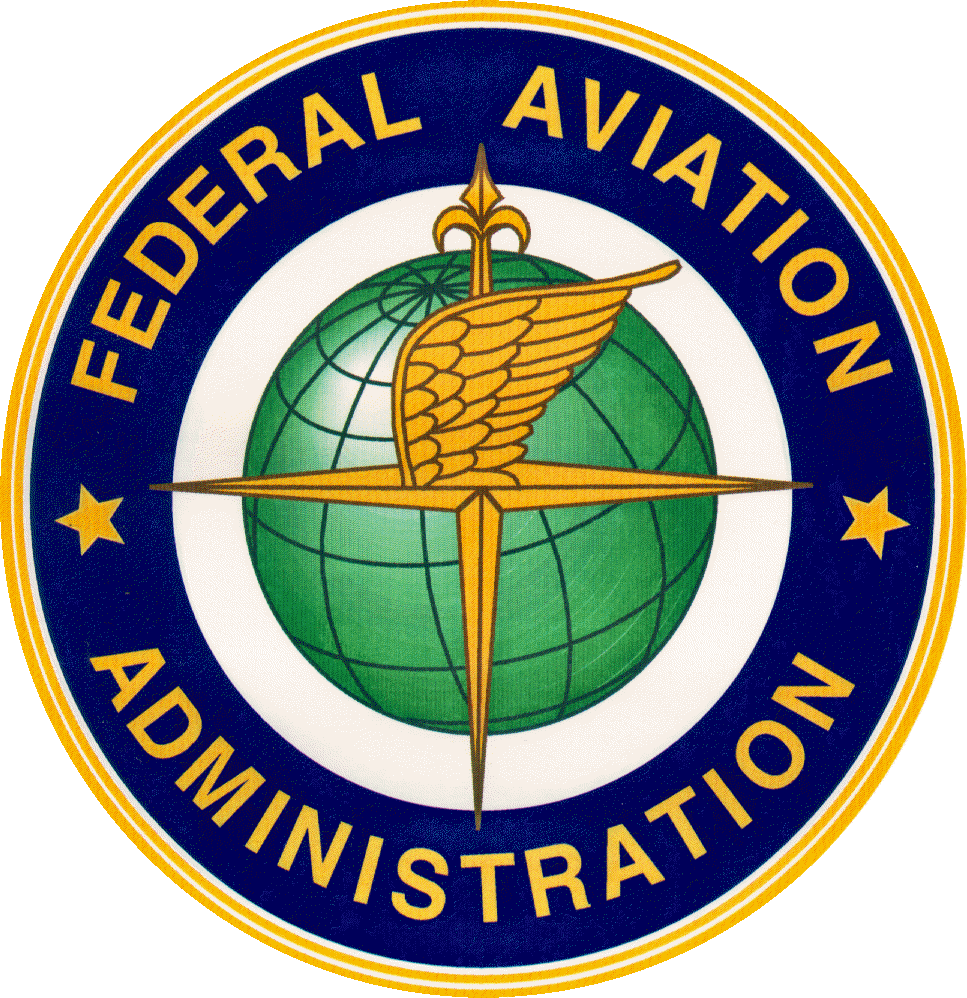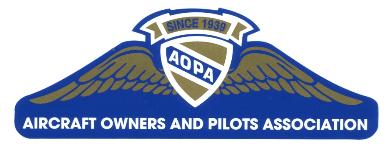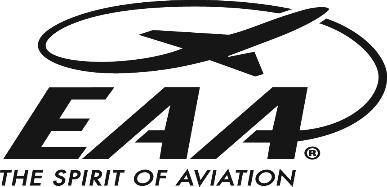
| From a 2002 Duncan Aviation Debrief •“Shoddy, unkempt records can put an end to a pre-buy event.” •“An aircraft’s history begins the day the aircraft leaves the factory. How has maintenance been handled (or not handled)? Are the logbooks in order? The importance of accurate records cannot be overstated. In fact, if the success of a pre-buy could be predicted, it could often be based on one item – the condition of the aircraft records.” •“Organized and complete records indicate that the aircraft has probably been handled in the same careful manner. Sloppy, missing or unorganized records could mean that maintenance was handled in a haphazard fashion.” ---------------------------------------------------------------------------------------------------- Who is Responsible for the Records that do exist? All throughout the FARs, the owner/operator is charged with the ultimate responsibility for aircraft airworthiness and the records that substantiate airworthiness. -------------------------------------------------------------------------------- 91.7 Civil Aircraft Airworthiness
•(b) The pilot in command of a civil aircraft is responsible for determining whether that aircraft is in condition for safe flight. The pilot in command shall discontinue the flight when un-airworthy mechanical, electrical, or structural conditions occur. 91.403 General
condition, including compliance with part 39 of this chapter. ---------------------------------------------------------------------------------------------------- What does this mean in practical terms? Assuming that you have no contractual or employee agreement with a qualified person to manage the airworthiness of the aircraft you fly: and you operate on any kind of progressive or continuous airworthiness program, you as the pilot stand alone as the person responsible for managing the whole aircraft airworthiness. or you operate on a 100 HR / Annual inspection program, you are still the primary person responsible for airworthiness. The 100 HR / Annual inspections are (whole aircraft) inspections so the inspector is standing right behind you for airworthiness at the completion of the inspection. As time and hours are put on the aircraft after the inspection, the inspector is standing farther and farther behind you. If you operate with an AD that is due or with a discrepancy that is not properly repaired or deferred, the inspector will have gone for coffee and he is not coming back. ---------------------------------------------------------------------------------------------------- Either way, check out the Questions page to check some of your documentation knowledge. |
Why?

| Why should the owner/operator care about the documentation for the aircraft they fly? |
| Code of Federal Regulations Title 14 Aeronautics and Space Generally known as the Federal Aviation Regulations (FARs) |
| Statements about products, parts, appliances and materialss (a) Definitions. The following terms will have the stated meanings when used in this section: Airworthy means the aircraft conforms to its type design and is in a condition for safe operation. Airworthiness has two components: Condition for safe operation which from a pilot standpoint, usually relates to the result of visual and operational checks. Conforms to its type design which must be supported by documentation. |
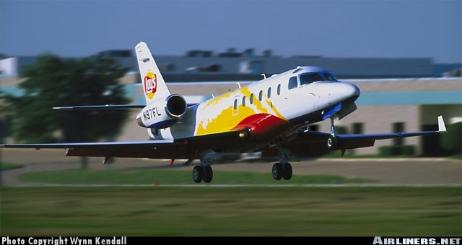
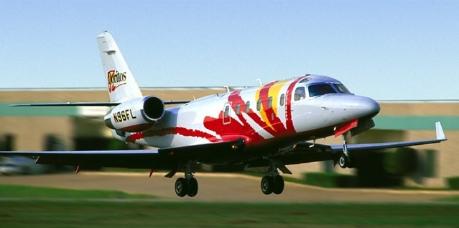

| Regulations Part 3.5 |
| AIRWORTHINESS MANAGEMENT |
| Meeting Gene Cernan at Bombardier in Wichita . Lunar module pilot of Apollo 10 in May 1969; and commander of Apollo 17 in December 1972, the final Apollo lunar landing What a great and interesting man. Last man on the moon! We miss you Gene January 16, 2017 We have lost a true American hero |
